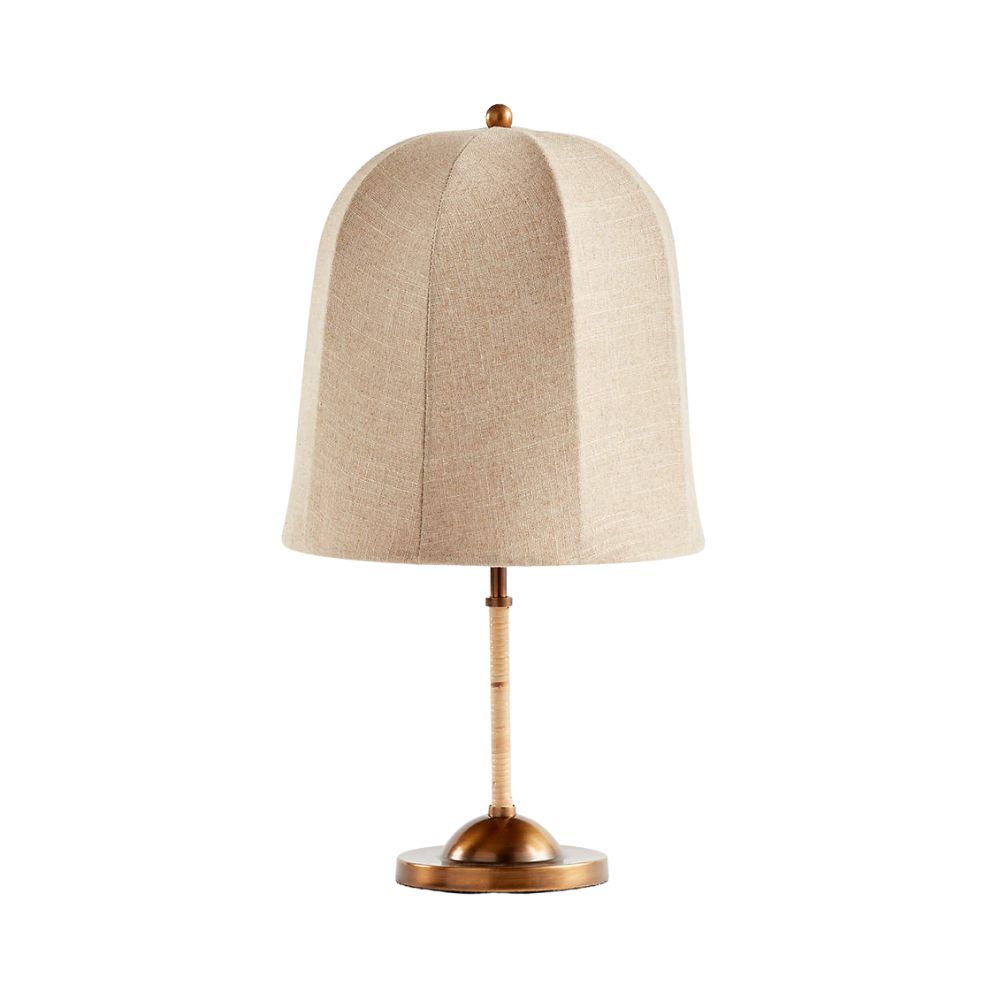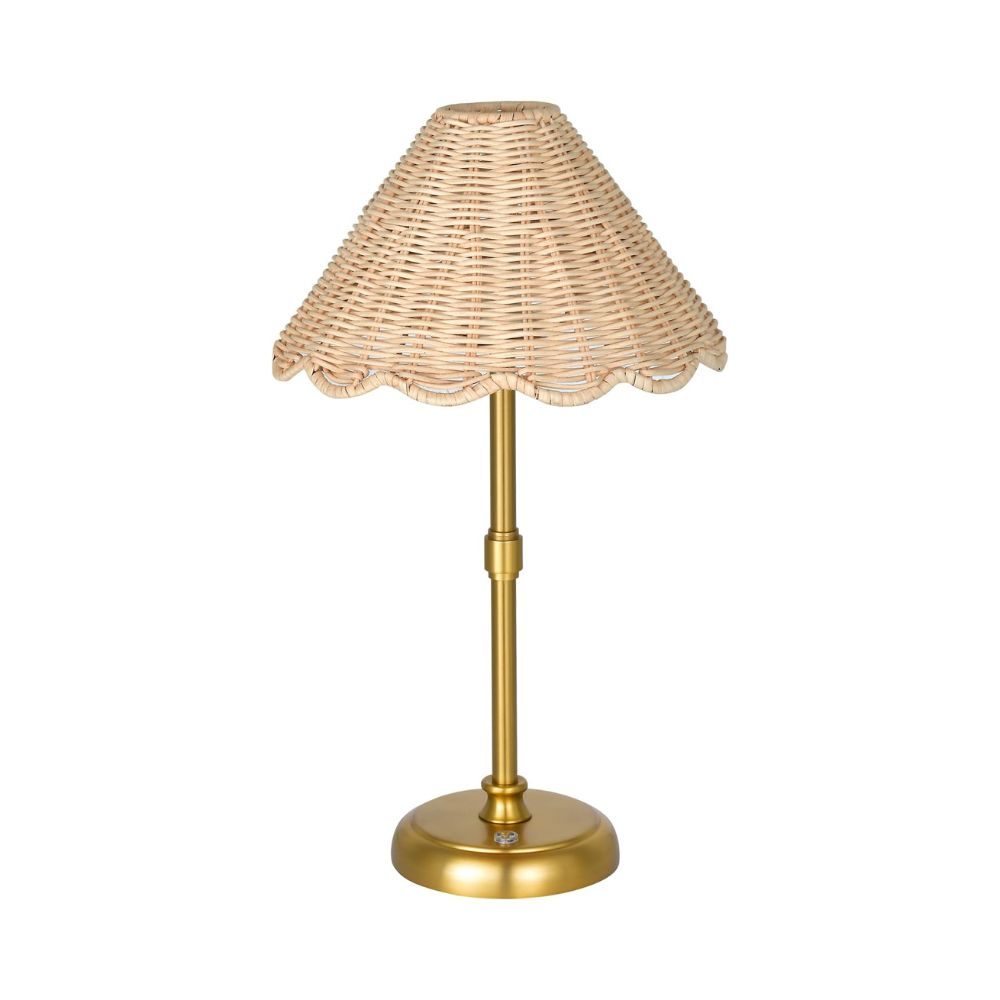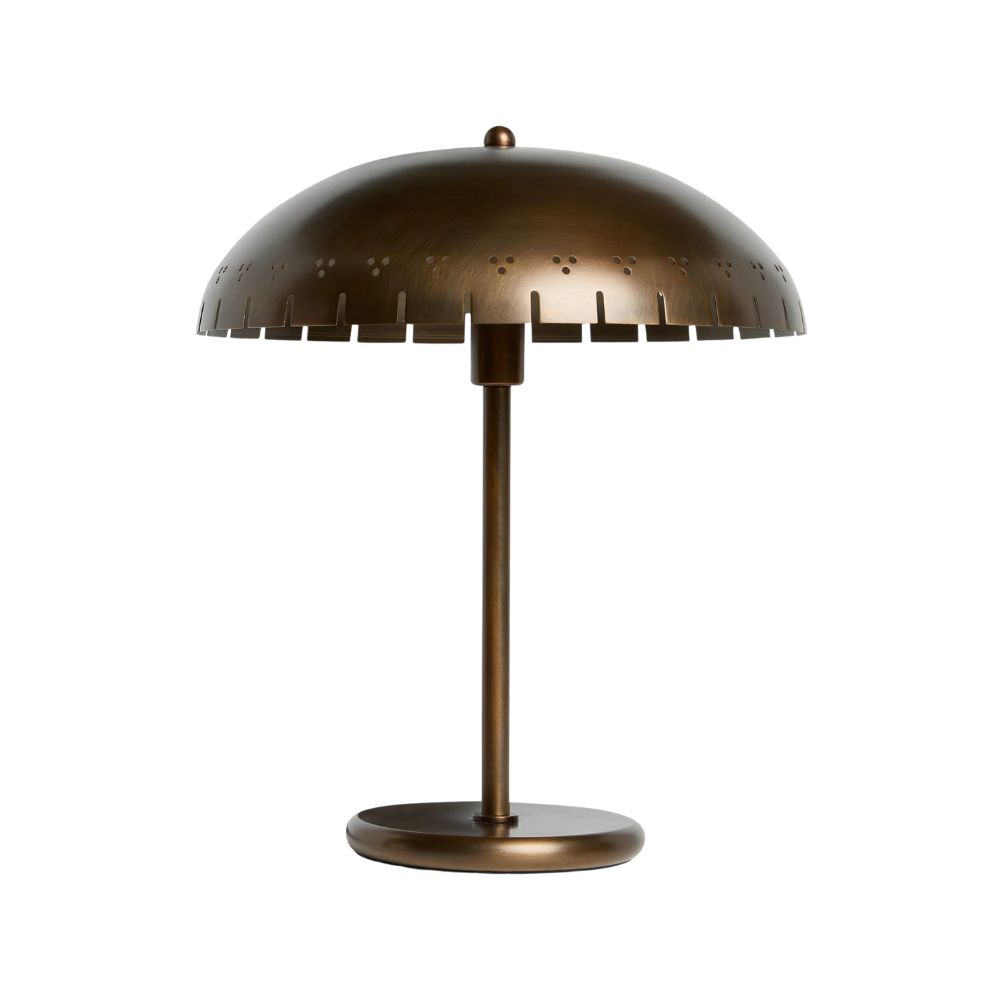As the Days Get Darker, These Are the 2 Lighting Shifts Designers Make in Every Home They Design
The designer-approved ways to rethink your lighting as we head into fall and winter
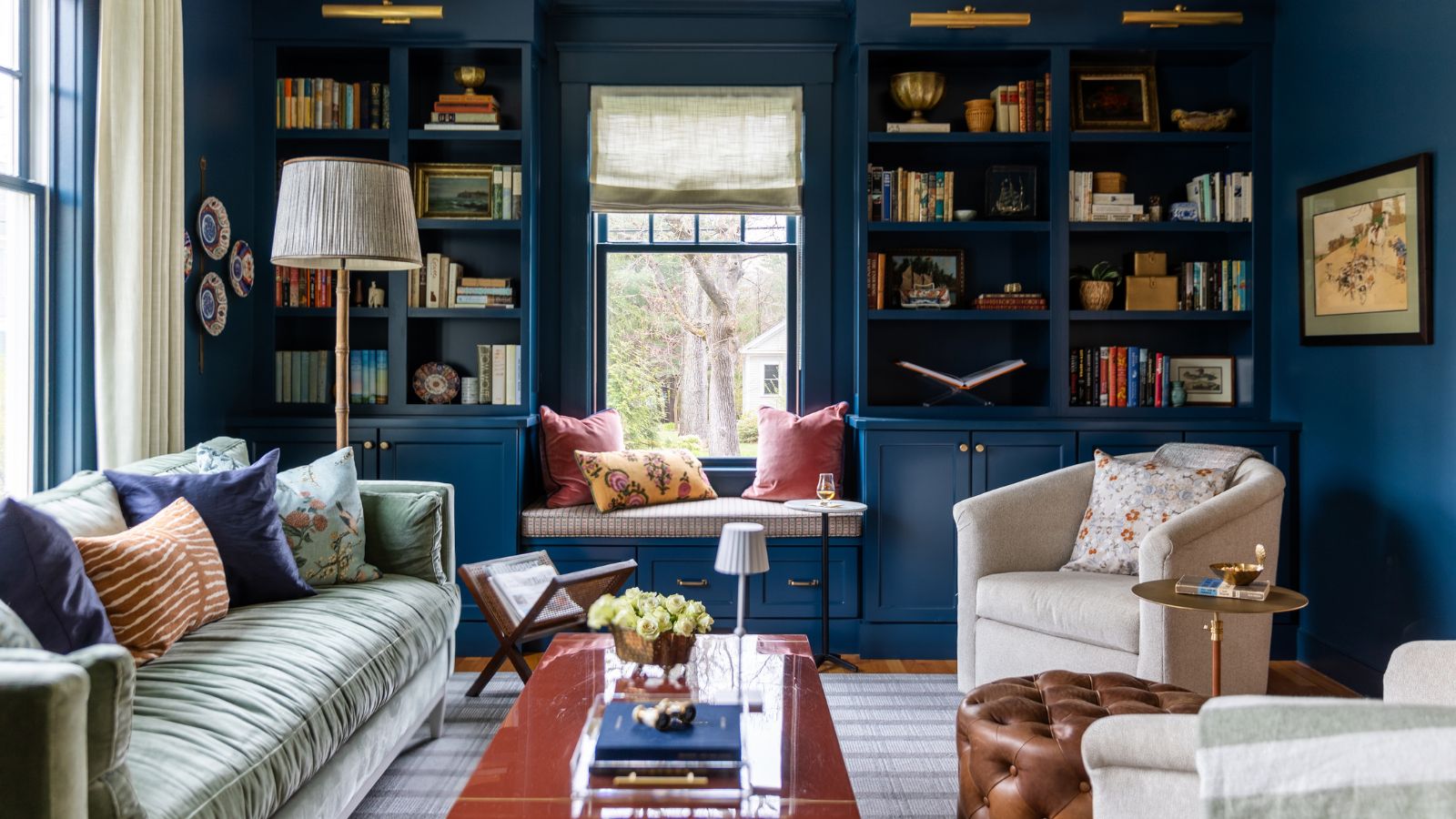

In stark contrast to when the clocks spring forward and we benefit from all that extra light at home, the clocks falling back makes everything feel a little gray and glum.
While we all know when Daylight Saving Time ends, the shift in light comes at us pretty fast. The days are suddenly shorter, the air is cooler, and corners that once glowed now feel shadowed, so it’s no wonder this time of year calls for a little extra warmth. But don't worry, designers – who have all the lighting basics you need to know – have some bright ideas to fix your home's seasonal affective disorder.
It seems rather obvious, but alongside some pretty fall decor and a pumpkin spice candle, some lighting ideas can make all the difference to how your home looks, feels, and performs in winter. And according to the experts, it just takes 2 simple shifts.
The 2 Lighting Shifts Designers Make When the Days Get Darker
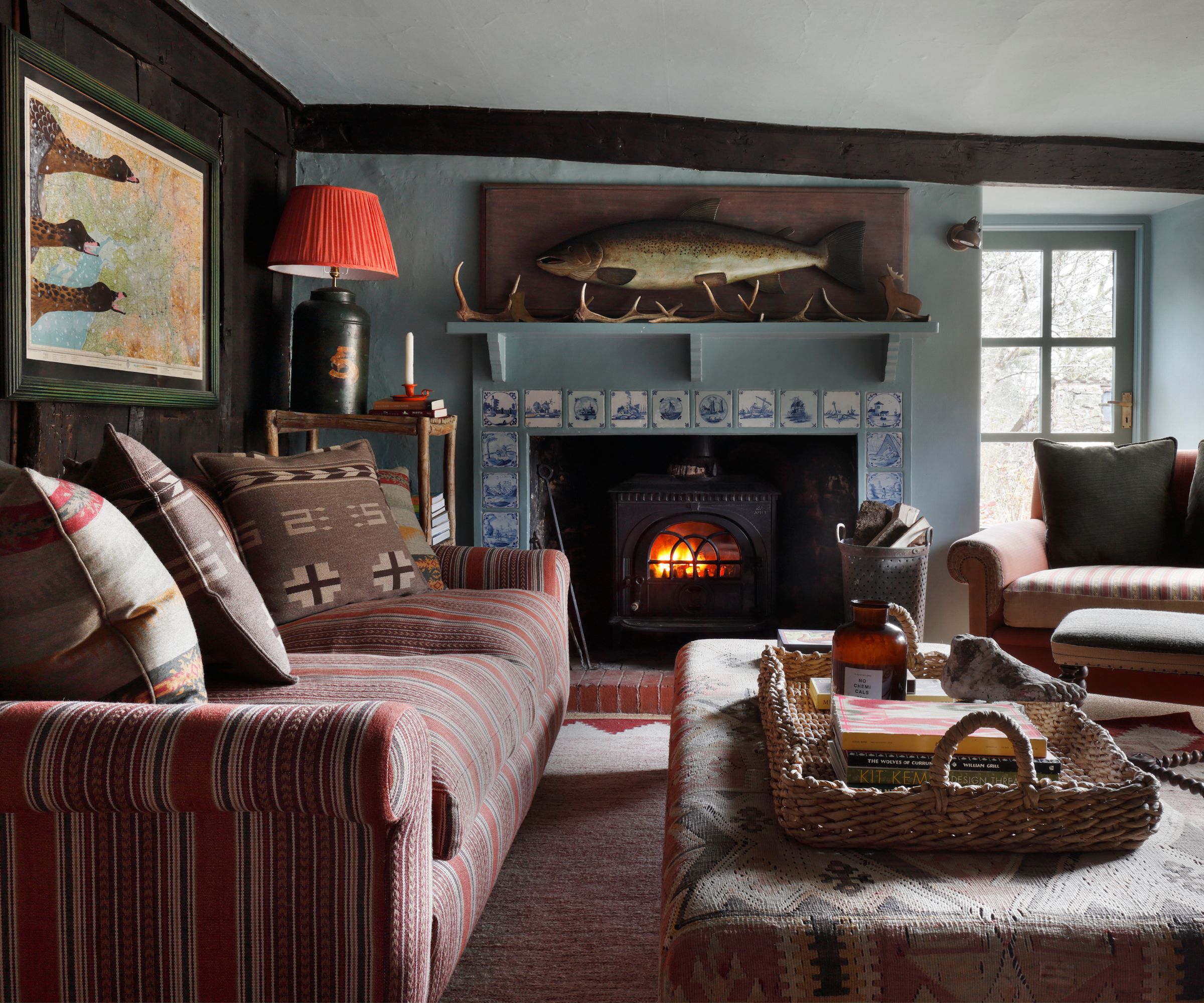
Good lighting design is all about creating comfort and atmosphere – as well as practicality. While natural light does a lot of the heavy lifting in spring and summer, in the later months, we need to up the ante.
Plus, we're spending so much more time at home. From holiday hosting to quiet nights in, this is the season of staying home. So, I asked interior designers for the key adjustments they make every fall to keep homes feeling warm and inviting. These are the 2 swaps they make in every home they design.
1. Layering in Low-Level Lighting
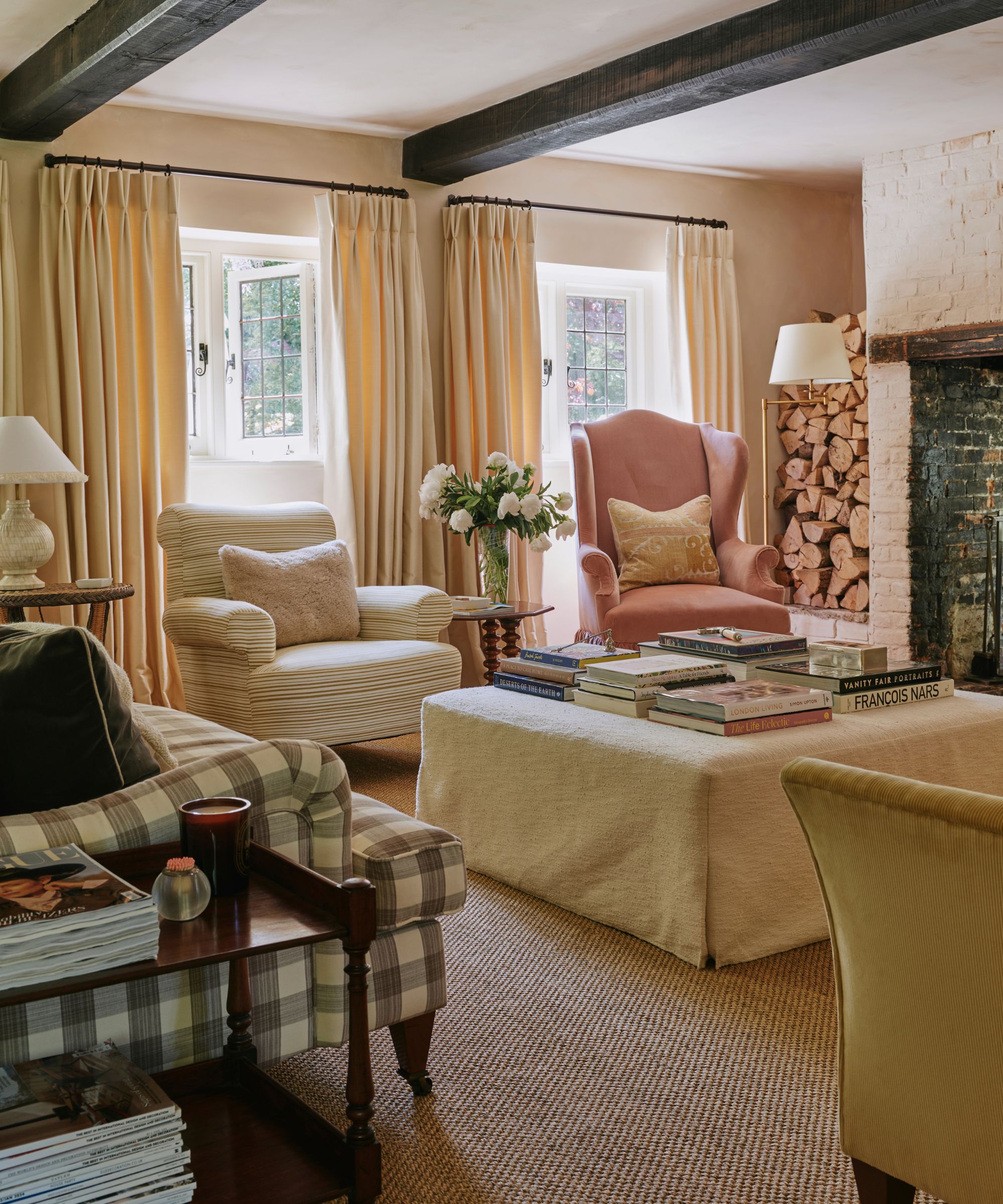
Layered lighting is key to any good room, no matter the time of year or day. But it really comes into its own during the fall, when you can't simply rely on the harshness of the big light to brighten your space.
'The key to a well-considered lighting scheme that supports you throughout the year lies in layered illumination, and importantly, in planning it from the very beginning of a project,' advises Caroline Milns, head of interior design at Zulufish. 'As daylight fades and the need for artificial light increases, having a variety of sources at your fingertips ensures flexibility.'
Design expertise in your inbox – from inspiring decorating ideas and beautiful celebrity homes to practical gardening advice and shopping round-ups.
A variety of light sources is crucial – and combining lamps, wall lights, and picture lights will help to create warmth and rhythm. Designer Lauren Gilberthorpe agrees: 'As evenings draw in, I always introduce more low-level lighting. Table and wall lamps as well as picture lights create a cocooning atmosphere that overhead lighting alone cannot achieve.'
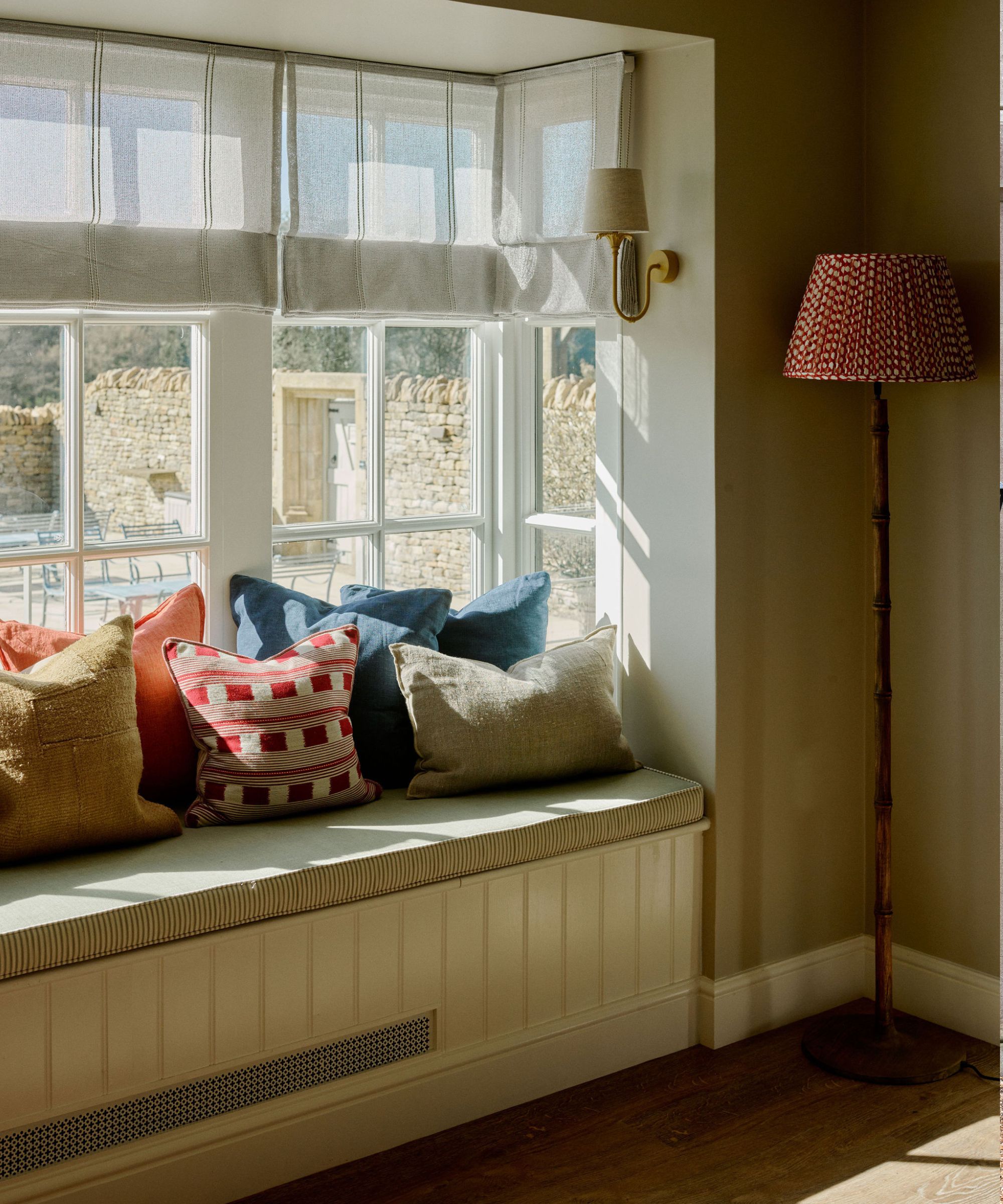
As well as adding more layers, Christina Cruz of Christina Cruz Interiors suggests making the switch to more heavy-duty lighting designs.
'I swap my lightweight task lamps for more substantial bases and larger, heavier patterned lampshades for fall. In the winter, table lamps become the primary source of light over recessed fixtures, so a grounded lamp with presence creates a warmer, more intimate glow.'
For Jeanne Barber, founder of Camden Grace Interiors, portable lamps work double time in the fall. 'We love adding in additional accent lighting like cordless table lamps to create a cozy environment as daylight fades earlier.' They’re perfect for shelves, side tables, or the entryway – spaces that might not have an outlet nearby to add little pockets of warmth.
'In this cold, dark season, when the sun sets as early as 4 pm, I always make a point to up the ante on indoor illumination,' adds designer Kathy Kuo. 'I recommend adding an extra table lamp (or two!) to the most-used rooms in your home, particularly the spaces you tend to frequent in the evening hours. After all, your cozy family room or restful bedroom can truly never have too many lamps.'
2. Warming Up Your Bulb Temperature
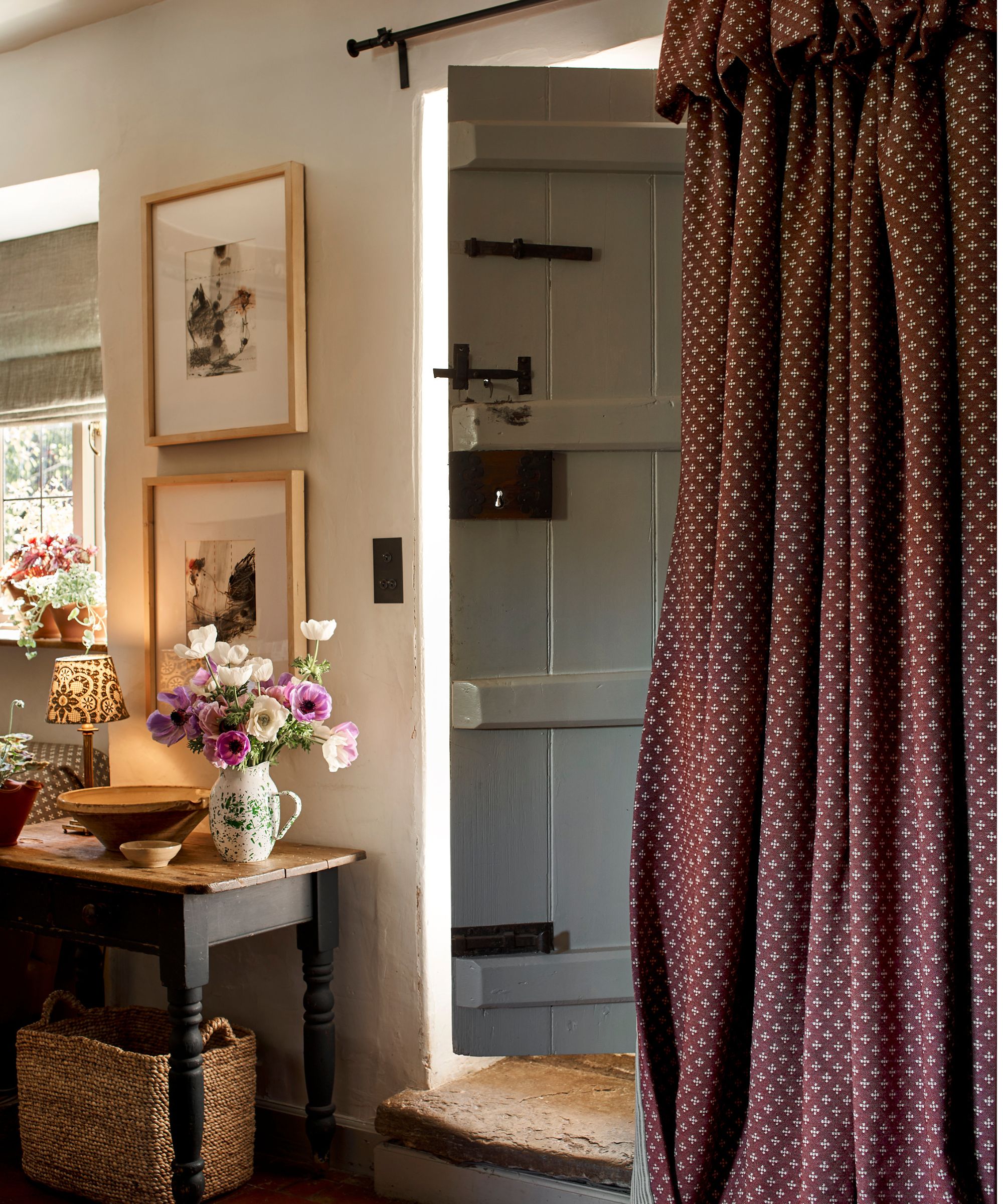
Beyond adding more light, you want to ensure that the lighting you do have works well throughout the darker months. Designers suggest a few clever ways to ensure this.
'The second daylight starts to fade earlier, I lean into lamp light. Table and floor lamps become the new hearth, warm, low, and ambient,' says Kailee Blalock from House of Hive Design Co. 'We swap cooler bulbs for ones closer to 2700K and add timers or smart plugs so the house feels lit from within before you walk in the door. I personally use Kasa plugs that I can control from my phone,' she recommends.
Speaking of timing, Lucy Harris, founder of Lucy Harris Studio, sets her lamps to come on automatically before dusk: 'In the fall, I set my floor lamps and table lamps to come on about half an hour before sunset. I live in New York State, and it starts getting dark in the late afternoon in the fall, and my house, which is set in a forest, can start to feel gloomy after such long summer days,' she explains. 'I find turning on table and floor lamps, with a very warm bulb, at least 2700k, warms up a room and makes it feel inviting.'
'I also switch to warmer bulb tones where possible,' Lauren adds. 'They soften the room and complement natural materials such as timber and stone. This subtle shift ensures the home feels intimate, inviting, and reflective of the season.'
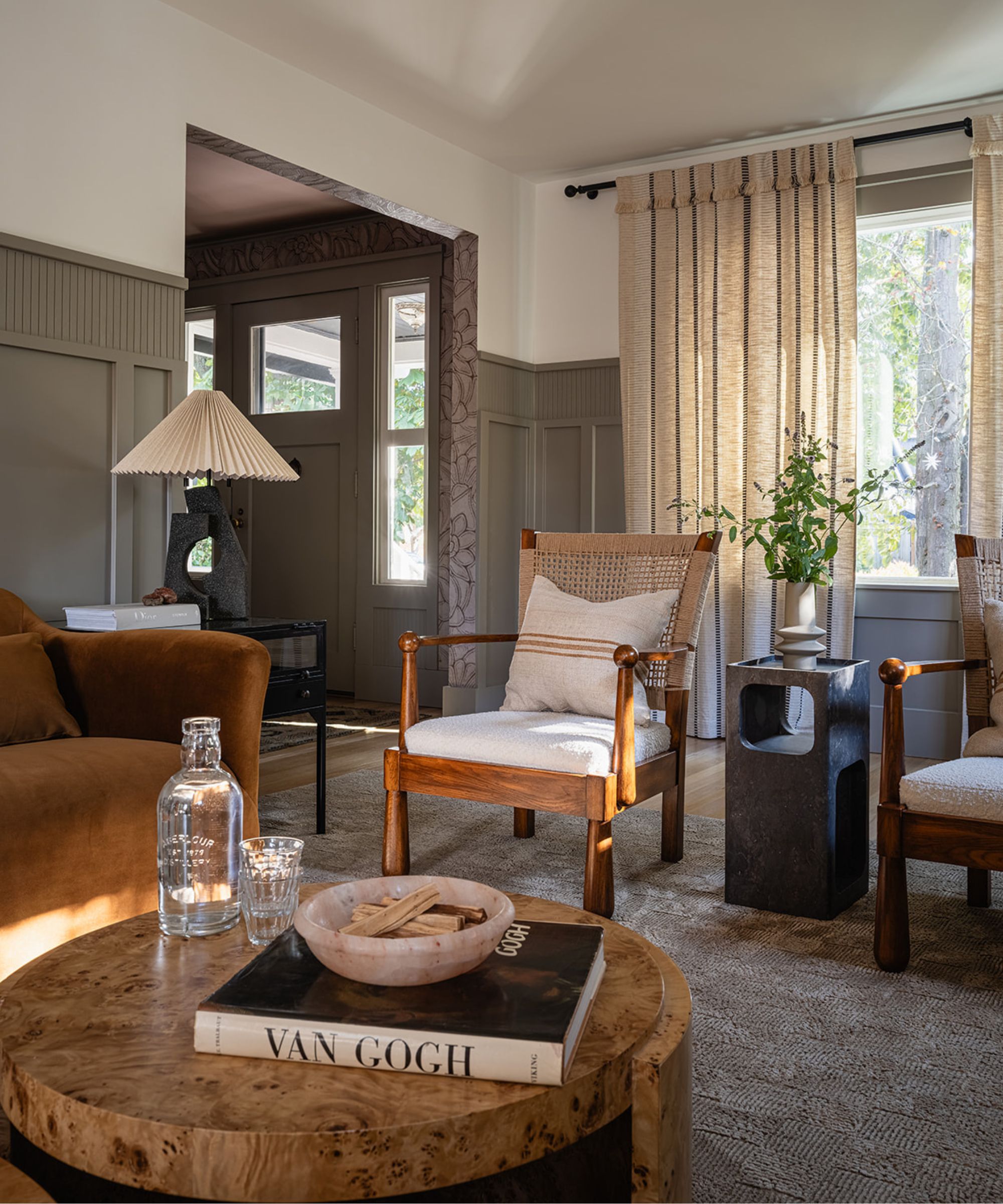
'As the days shorten, I lean into mood lighting by swapping brighter bulbs for warmer ones, and bring in more low-level lighting like table and floor lamps,' agrees Michelle Murphy of DEMI RYAN. 'It’s all about embracing that golden, cocoon-like glow that feels comforting during darker months. In fall and winter, I truly believe there are never too many lamps in a room,' she adds.
And sometimes, it’s not about adding more light at all – but instead making the most of what’s already there. Allison Lind of Allison Lind Interiors likes to incorporate mirrors into her lighting plan.
'When it makes sense within the confines of the design, I love to add a mirror as part of the lighting plan,' she suggests. 'Mirrors bounce light, whether adding to the effect of the natural light entering the room or reflecting the glow of mood lighting.'
While they might sound easy, each of these small lighting shifts carries more impact than you might expect – and is a great place to start before looking at this year's lighting trends. Together, they reintroduce warmth, depth, and dimension just when your home needs it most.

Charlotte is the style and trends editor at Homes and Gardens and has been with the team since Christmas 2023. Following a 5 year career in Fashion, she has worked at many women's glossy magazines including Grazia, Stylist, and Hello!, and as Interiors Editor for British heritage department store Liberty. Her role at H&G fuses her love of style with her passion for interior design, and she is currently undergoing her second home renovation - you can follow her journey over on @olbyhome
